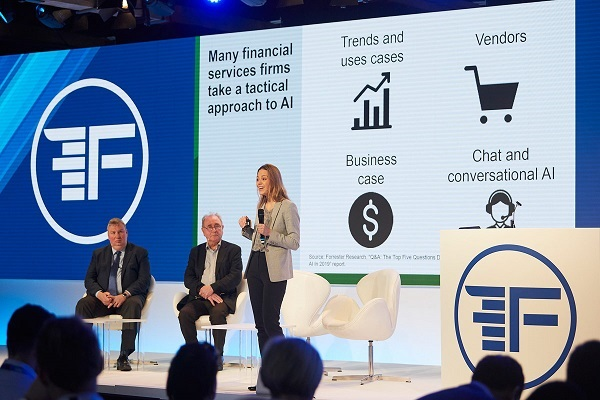Technology vs credit card fraud is a never-ending battle, in which the stakes are high. Hackers are creating new sophisticated techniques to illicitly obtain credit card information and use it to satisfy their financial needs. To avoid losing billions of dollars, credit card and eCommerce companies, as well as banks, bet on best-in-class software solutions — with big data being touted as the most effective one.
Read on to understand what the beauty of this technology is and why it might become a silver bullet.
Big data is a potent method
It’s better to prevent fraud rather than try to find cures after it has already happened. Big data systems coupled with machine learning can address that.
What does the whole process look like? Analytics systems collect information from a number of sources — customers’ devices, social media accounts, call center conversations, and more — to glean deep insights and create a user profile. Such a profile will include certain behavioral patterns, and any deviation from typical behavior is a reason for raising a red flag.
Here are some typical scenarios of shady activities that should arouse suspicions:
- a credit card owner makes a transaction from a device for the first time;
- numerous transactions take place from different devices within a day;
- two transactions from the same credit card occur in different cities within a short period of time;
- a usual spending amount per month is largely exceeded;
- a sudden big-ticket purchase is made;
- and more.
Once the scenario is tagged as dubious, the card provider notifies the customer via a phone call asking to verify the purchases.
Julie Conroy, a research director at Aite Group, a Boston-based advisory firm, admits that many providers are moving towards automated systems for user notification. Instead of phone calls, cardholders may get a text message asking if a transaction was really made by them and to respond ‘yes’ or ‘no’.
“Some credit card issuers give consumers the ability to set their own preferences, so if something over $500 hits your card, we’ll let you know… Companies are putting that power in the hands of consumers,” she adds.
There’s room for improvement
There’s more to automated fraud detection than meets the eye. And the decision to block a certain transaction may be a double-edged sword.
Let’s examine the following course of events. A card owner goes overseas without informing the provider of the next location. In this case, there’s a possibility of their transactions being blocked. However, if rightly implemented, your analytics system will instantly analyze a user’s mobile and social media data to detect the exact location and reduce the risk of false positives.
Still, financial companies may face more complicated scenarios. What if cardholders change their typical buying behavior for some reasons? Here, the risk of providers incorrectly flagging legitimate purchases is much higher.
If you want to improve fraud detection and avoid causing much discomfort for customers, make sure your system is constantly learning about fresh data and discovering new patterns to deliver rich insights.
What else deserves particular attention?
Data collection is the staple of a fraud detection strategy. So before putting your shoulder on the wheel, check the data privacy rules applicable in your country. With all the necessary information at your fingertips, you will understand what type of data you’re eligible to gather to ensure client data safety.
As the art of fraud is forging ahead, remember to keep track of fresh trends and train your analytics system on new data. In addition, evaluate the success of your strategy to make certain you’re outperforming fraudsters.






















